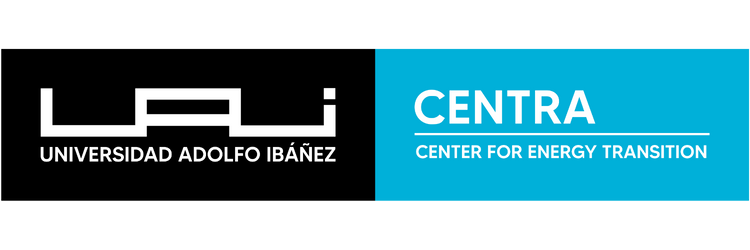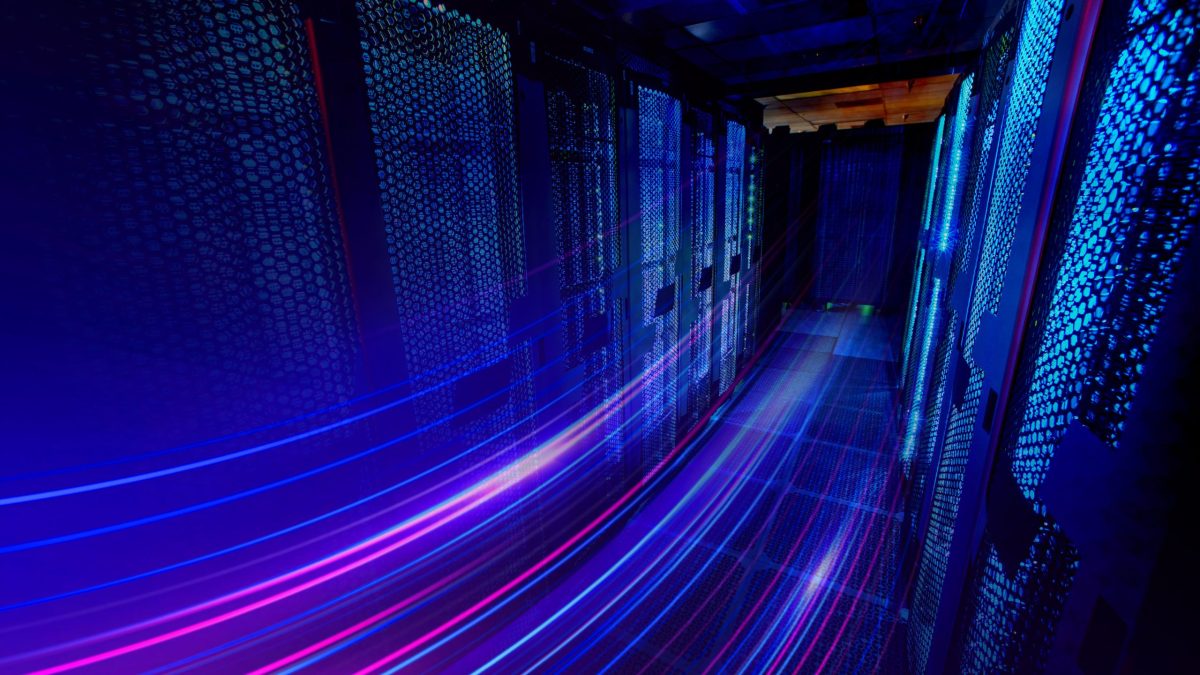Researcher CENTRA UAI will participate in an interuniversity project that will use hardware for real-time simulations of the electrical system
June 10, 2022
Chile Develops Real-Time Power Grid Simulation Laboratory for Renewable Energy Integration
Through a Fondequip-funded project, an inter-university research team will implement a configurable testbed using real-time simulators to model the operation of power grids with high penetration of renewable energy sources such as solar and wind power. This initiative aims to optimize the active and efficient operation of distribution networks and the integration of microgrids.
A Multi-University Collaboration for Power Grid Innovation
The project is led by four universities:
- Universidad de Santiago
- Universidad Adolfo Ibáñez (UAI), through its Center for Energy Transition (CENTRA)
- Universidad Austral
- Universidad de Chile
Funded by ANID’s Fondequip program, the project has secured $860 million CLP from ANID, with an additional $100 million CLP contributed by participating universities, and $285 million CLP in infrastructure allocated for research.
This funding will enable the purchase of cutting-edge equipment, including:
- Real-time simulators
- Power amplifiers
- Hardware-in-the-loop (HIL) testing systems
These devices will be installed at different universities and interconnected via the internet, allowing researchers to simulate and test energy systems collaboratively across multiple locations.
A Global Vision for Energy Research
Luis Gutiérrez, researcher at CENTRA UAI, highlights the importance of international collaboration, stating:
“This project strengthens an inter-institutional research team, allowing Chile to contribute to global energy research. We have received support from leading institutions in the UK, Australia, and the US, as well as strong backing from local industry.”
He adds that the project will also focus on data analytics to enhance real-time situational awareness, preparing future grid operators for an increasingly dynamic energy landscape.
Addressing Challenges in Renewable Energy Integration
Gutiérrez emphasizes that traditional power grids were not designed for today’s renewable energy landscape. Historically, electricity networks were built decades ago, assuming:
- Centralized energy generation
- Predictable demand patterns
- Minimal need for real-time monitoring and control
However, new energy technologies such as solar PV, electric vehicles (EVs), and distributed energy resources (DERs) are creating unprecedented challenges:
- Voltage fluctuations due to intermittent renewable generation.
- Overloaded transmission lines from excess solar and wind power.
- “Duck curve” effects, where solar power reduces net demand during the day, but causes a sudden ramp-up in demand after sunset.
Simulating Future Power Grid Scenarios
The new real-time simulation lab will allow researchers to:
- Test grid stability under high renewable energy penetration.
- Develop advanced control strategies to manage voltage and frequency fluctuations.
- Model energy storage integration, including batteries (BESS) and vehicle-to-grid (V2G) solutions.
- Analyze grid interactions with power electronics technologies such as HVDC, FACTS, and smart inverters.
This simulation-based approach will help anticipate and solve future grid challenges before they occur, ensuring a more stable and efficient energy system.
A Distributed, Multi-Site Research Platform
The testbed will be distributed across four geographic locations, corresponding to the participating universities. This setup is designed to simulate real-world conditions, where grid components are physically separated but must coordinate via communication networks.
Key components of the multi-site simulation platform include:
- A centralized transmission system model (simulated at one university).
- Distributed microgrid and distribution network models (hosted at other universities).
- Hardware-in-the-loop (HIL) testing to evaluate real-world devices in simulated grid conditions.
At UAI, researchers will simulate a large-scale, unbalanced distribution network with thousands of three-phase nodes, providing insights into real-world distribution grid operations.
Advancing Chile’s Energy Transition
With high renewable energy targets and an increasing share of solar and wind power, Chile is at the forefront of energy system transformation. This project will:
- Support grid modernization for high renewable energy penetration.
- Enhance Chile’s capacity to test new energy technologies before deployment.
- Foster collaboration between academia, industry, and international research partners.
By integrating state-of-the-art simulation and control technologies, this initiative will pave the way for a smarter, more resilient, and decarbonized power system in Chile and beyond.
Source: Revista Electricidad

